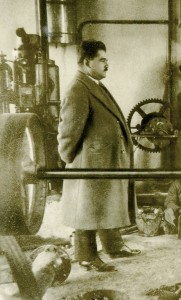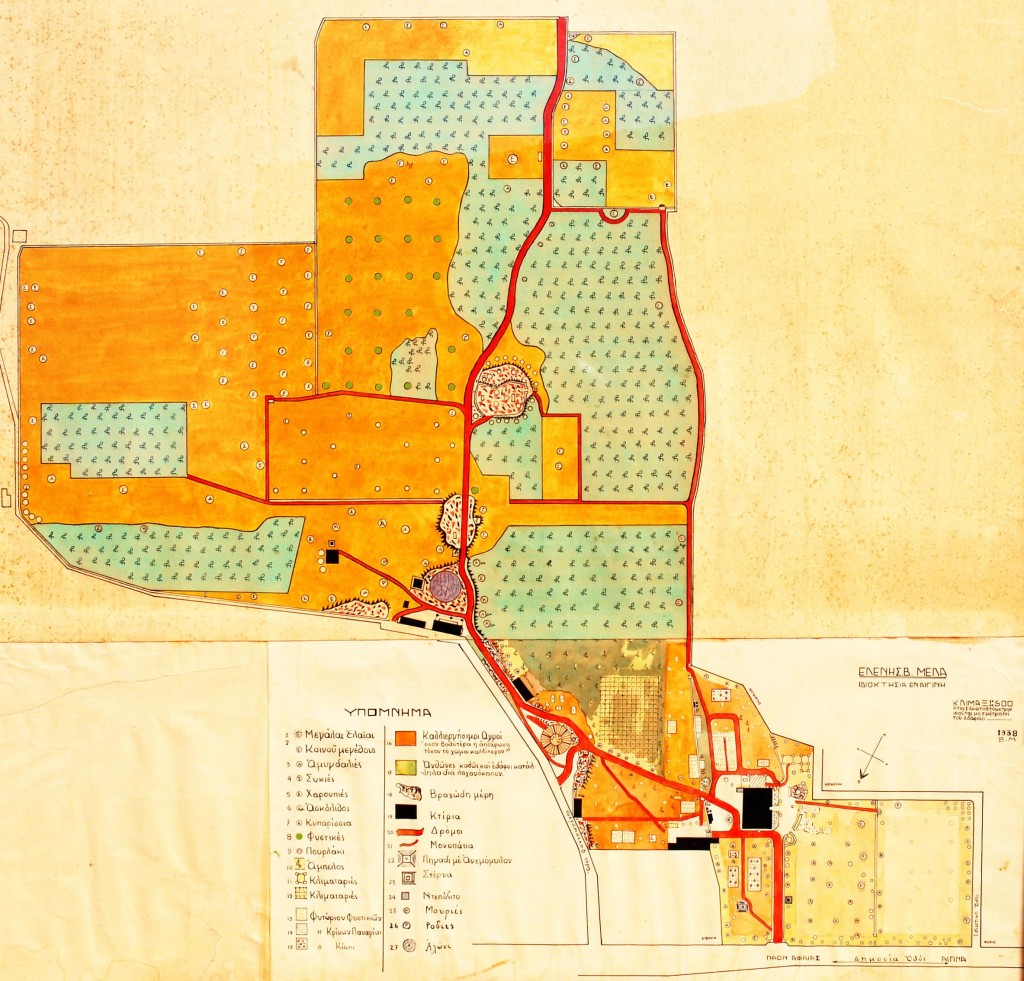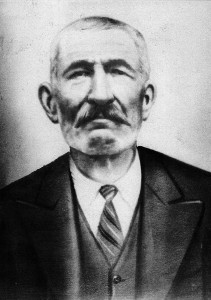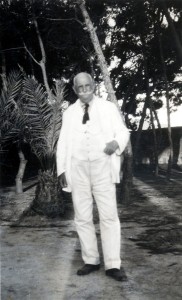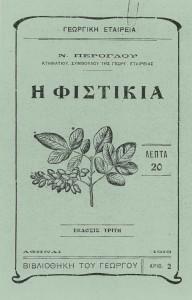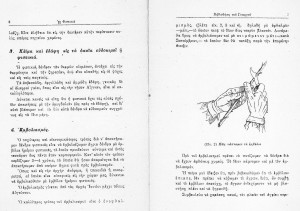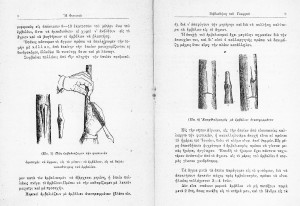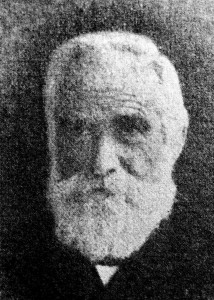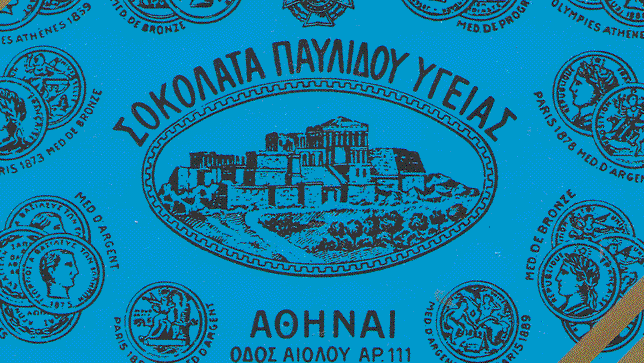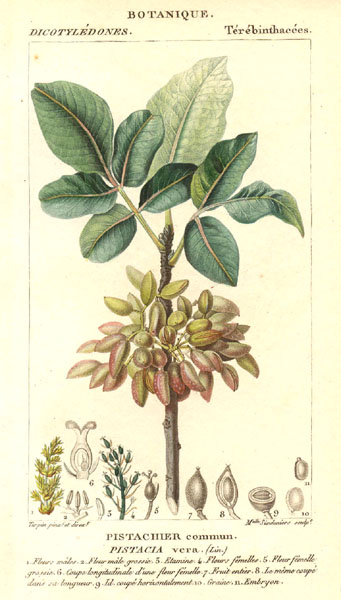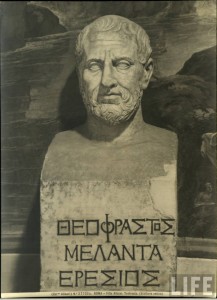 Around 1930-31 pistachio trees were attacked by a small beetle. The damage was severe, the young vegetation was destroyed and the trees looked sickly. The Aeginitans called this new enemy “The borer” or “The blinder”.
Around 1930-31 pistachio trees were attacked by a small beetle. The damage was severe, the young vegetation was destroyed and the trees looked sickly. The Aeginitans called this new enemy “The borer” or “The blinder”.
The famous Florentine plant disease specialist Lionello Petri, to whom they sent samples of the damaged plants, decided that it was all due to an insect called Acrantus vestitus that attacks weakened trees.
The plant specialist Professor Yiannis Sareyiannis visited Aegina in the August of 1930 and in a relevant publication wrote that the pistachio trees were laden with nuts, but hadn’t produced any leaves. He found that the leafage had fallen because of the fungal disease Septoria. This was the cause of the weakening of the trees which had then led to the attack by the Acrantus vestitus beetle.
The Acrantus vestitus beetle can be got rid of without the use of chemicals. Basically. all the dry branches – where the beetle lays its eggs – must be gathered together throughout the year, and burned. Today the “The borer” or “blinder” is not much of a threat to the Aegina pistachios.
